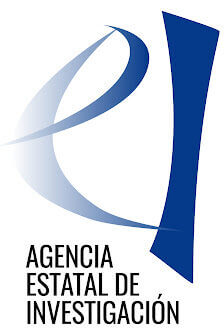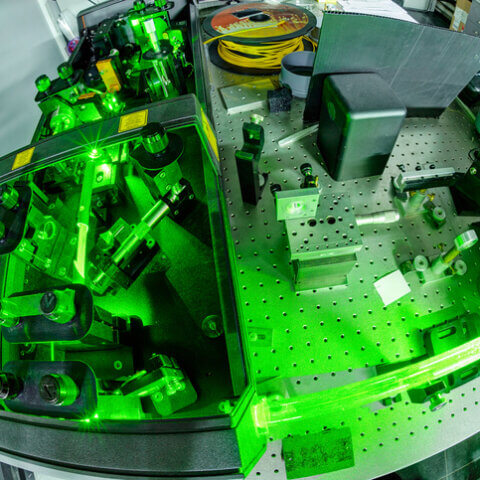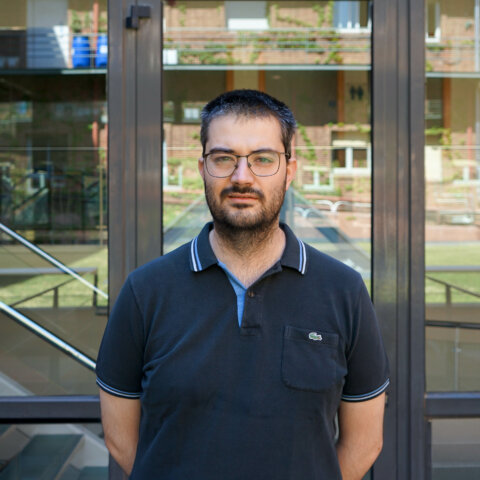Chemphot (chemistry of photons: from photobiology to optical matter)
Innovative treatment of infections and cancer using real-time monitoring of Reactive Oxygen Species (ROS) using self-reporting non-toxic photosensitizers
Government of Spain

Individual project
01/01/2023 a 31/12/2027
236.350€
ACTIVE

This Ramon y Cajal Programme will lead a frontier research project bringing at the interphase of photobiology and optical materials.
Infections and cancer, both having in common the uncontrolled growth of cells, are two of the major causes of death in the world, accounting for approximately 30% of all deaths in 2016. Chemo- and antibiotic therapies are the most common treatments for cancer and infections, respectively. However, they suffer from two major problems, namely high toxicity and the onset of resistance. Thus, alternative approaches are urgently needed. Photodynamic therapy (PDT) is being actively investigated for its potential to overcome these drawbacks. PDT uses harmless light to activate non-toxic photosensitive chemicals called photosensitizers (PS) to generate cytotoxic reactive oxygen species (ROS) for cell eradication. The main advantages of PDT are its broad applicability, safety, selectivity, and spatio-temporal resolution. Moreover, PDT does not usually cause the emergence of resistance. PDT has achieved clinical success, although it is still not widely adopted as a standard clinical procedure. One of the main problems is ROS dosimetry, since it is currently not possible to monitor, even less control, the dose of cytotoxic ROS generated in a PDT treatment. The aim of RyC project is therefore to provide solutions to this problem by developing a self-reporting PS capable of real-time monitoring the production of ROS at the treatment site. To this end, PS with ROS-sensitive fluorescence will be developed. This will make it possible, for the first time, to deliver reproducible doses of ROS, leading to improved, consistent, and reproducible therapeutic outcomes.


